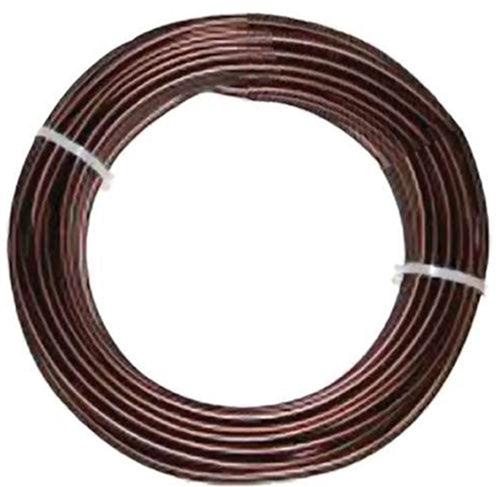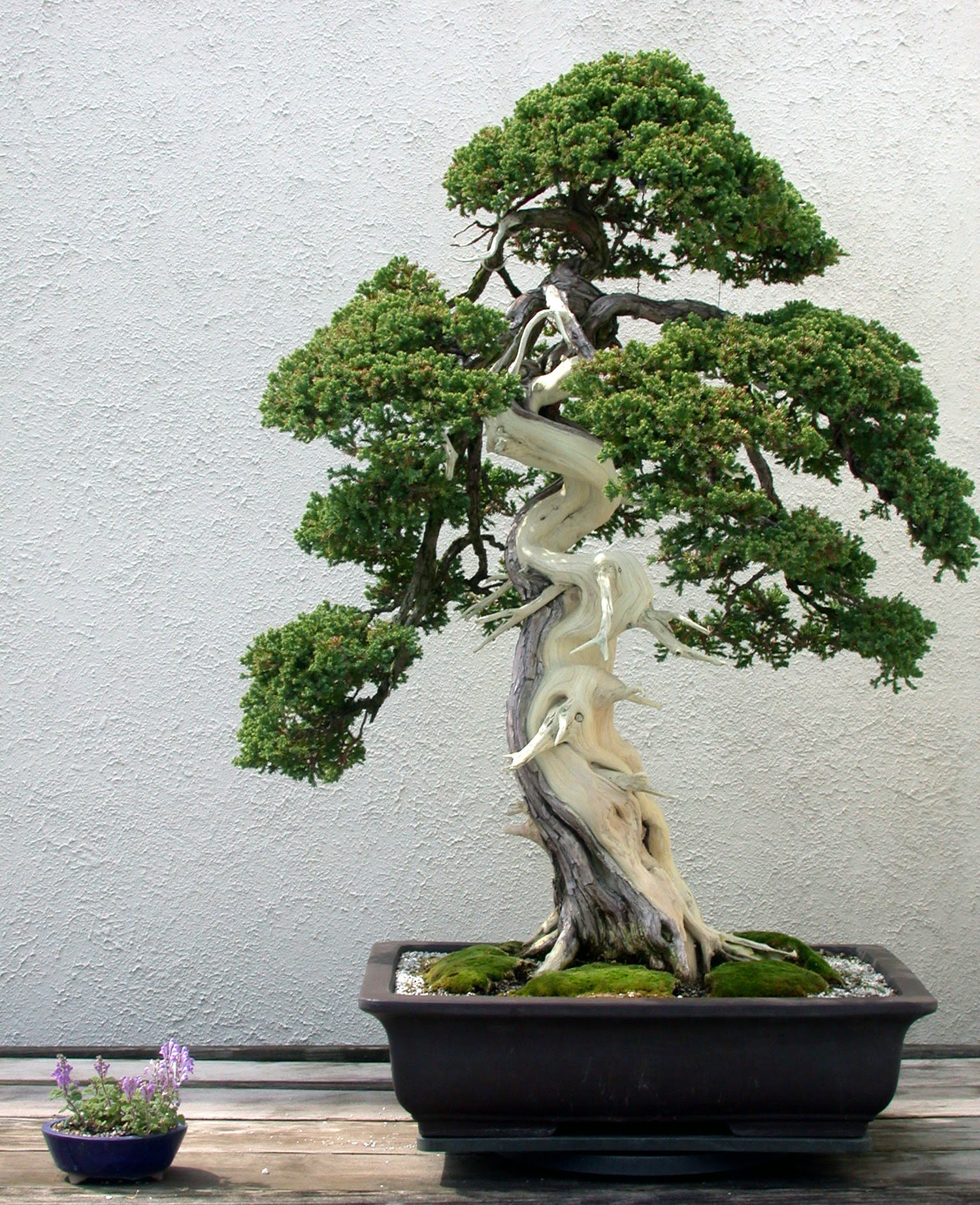
I've never seen a Japanese garden juniper (J. procumbens 'Nana') with a trunk even half as heavy as this one. In fact I would have guessed that it's grafted, but no word about that and the world is full of surprises anyway. It has been in training since 1975 and was donated to the museum in 1990 by Thomas Tecza.
Because there are so many brilliant bonsai in the North American collection at the our National Bonsai and Penjing Museum, there's no good reason to stop just yet.

I was about to pass on this Crapemyrtle until I noticed that it was gifted by Yugi Yoshimura, one of the very first of the great Japanese bonsai teachers in North America. Mr Yoshimura was also Bill Valavanis' teacher and the second inductee into the National Bonsai Hall of Fame (Bill is the third).
Of further note, this Crapemyrtle was started in Japan from a cutting by Yugi's father Toshiji Yoshimura.

Yugi Yoshimura with Bill Valavanis, a long time ago. Mr Yoshimura died in 1997 and Bill is still going strong.
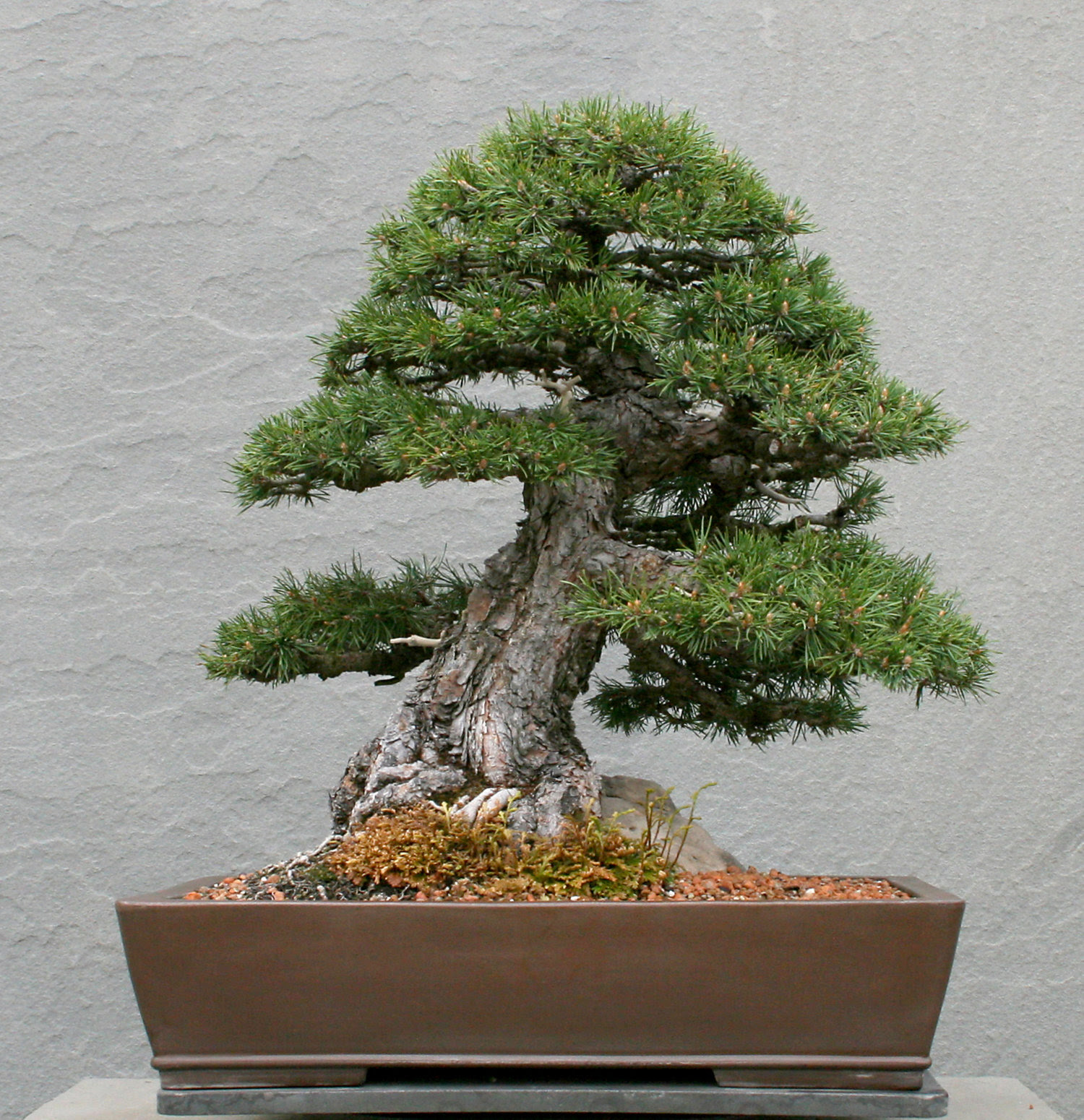
This root-over-rock Scots pine has been in training since 1972. It was donated by Roland Folse in 1990.

This impressive old Pomegranate has long been one of my favorite Naka trees. It's the great taper and action on the trunk that gets me. It was donated in 1990 by Alice T Naka, John Naka's wife and has been in training since 1963.
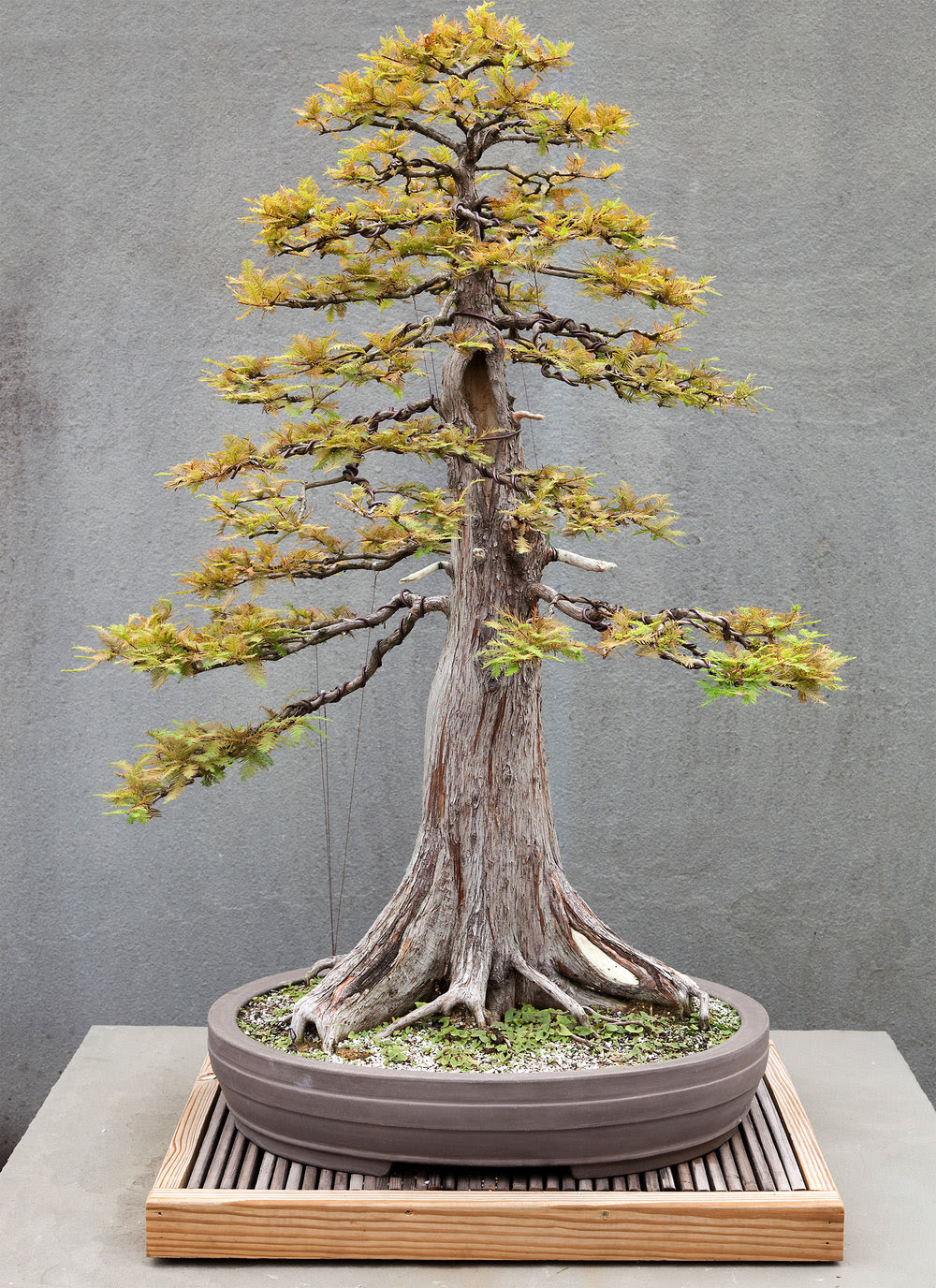
What would a North American collection be without a Bald cypress? Before this one became a bonsai in 1987 it was 25 feet tall. Guy Guidry donated it in 1990.

It's not often see so many well developed little Catlin elms (Ulmus parviflora 'Catlin') in one place. And in such a charming and natural representation of a magical forest. Not to mention the perfect slab. The planting has been in training since 1988 and was donated by Susanne Barrymore in 1990.
Here's part of the caption with this planting; "This forest planting was created from cuttings of a mutant contorted Chinese elm developed as a cultivar specifically for use in bonsai."
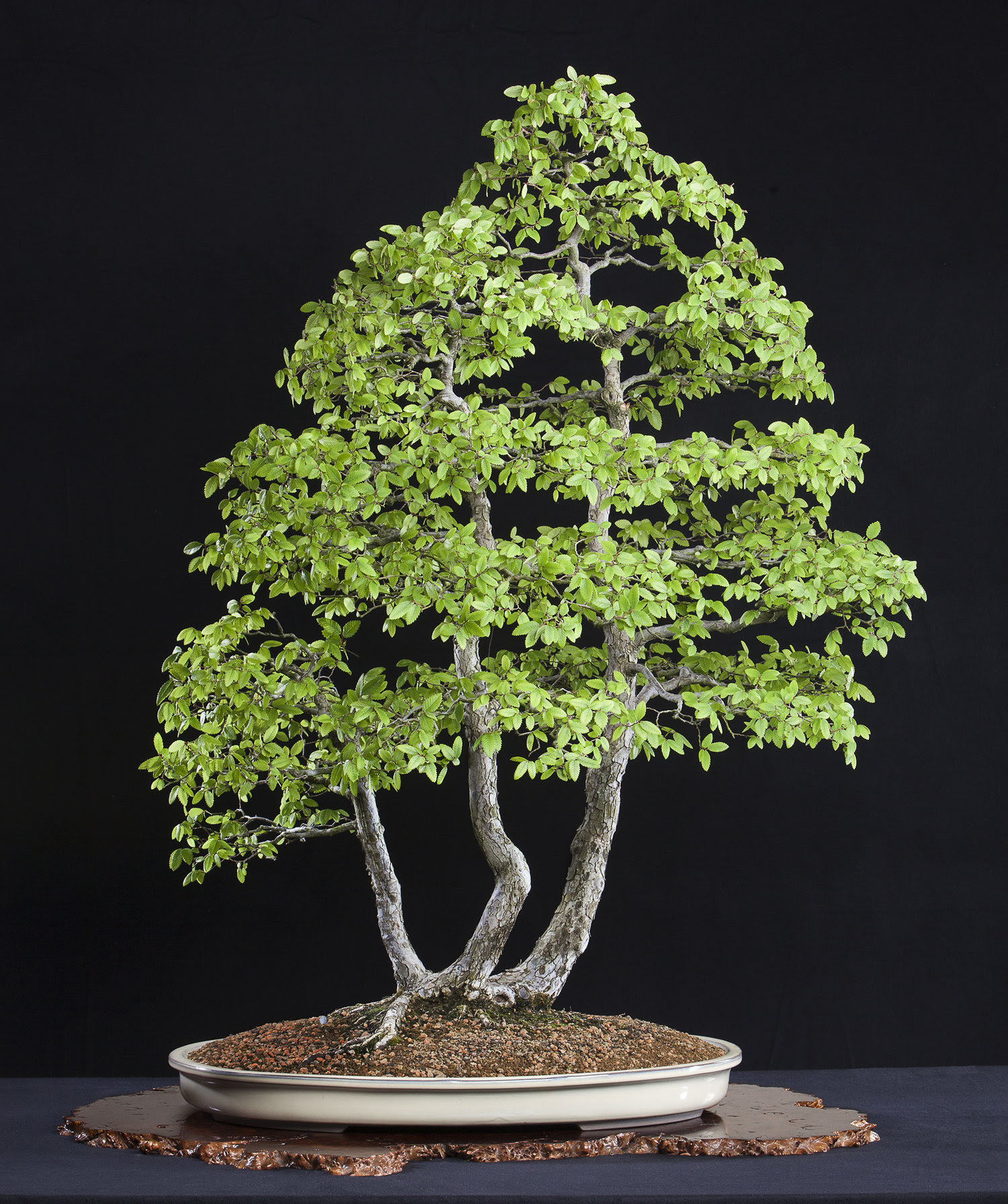
Aha. Here something you don't see that often unless you live in Texas or surroundings. It's a Cedar elm (sometimes call a Texas cedar elm), and it is an elm (Ulmus) but most definitely not a cedar. In has been in training since 1981 and was donated by Arch Hawkins in 1996.

You might imagine that another tree fell on this Coast live oak (Quercus agrifolia). Or maybe a cow stepped on it. It was donated by John Naka who found it in 1986 on a cattle ranch about 55 miles northwest of Santa Barbara, California.

